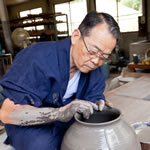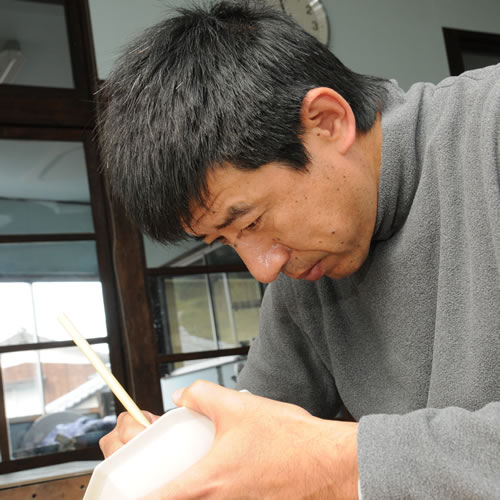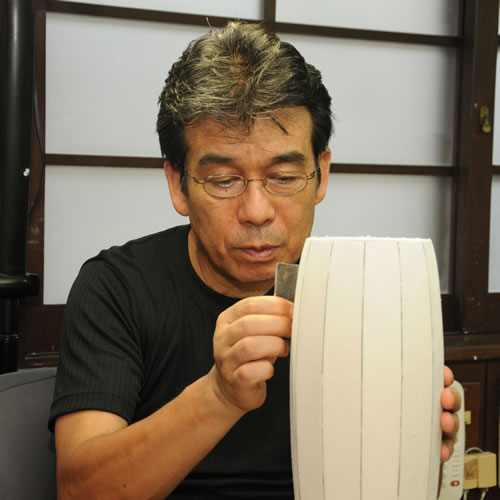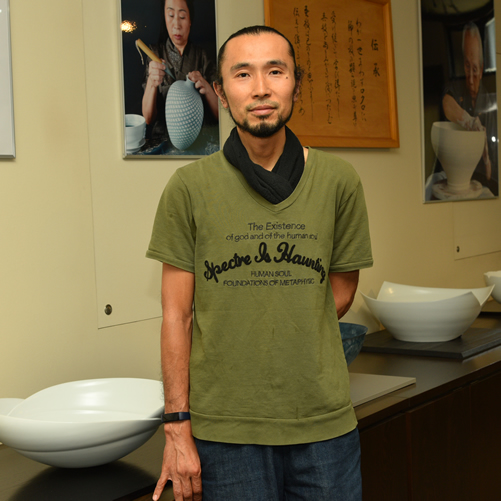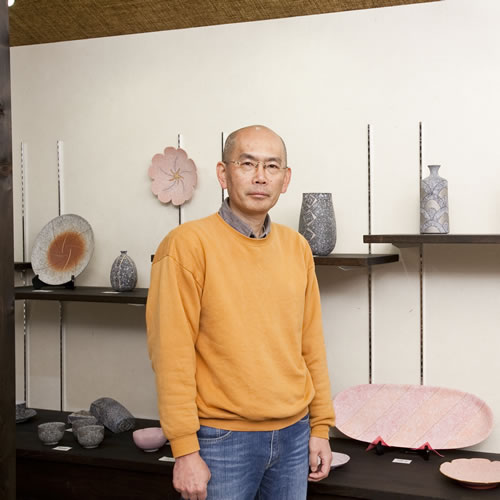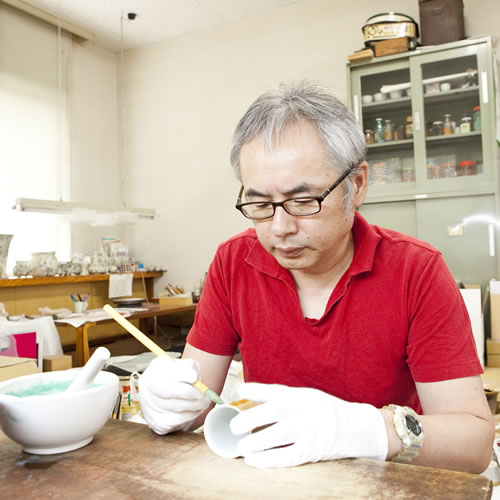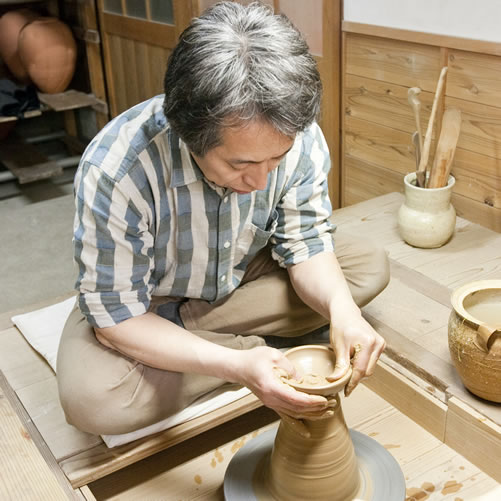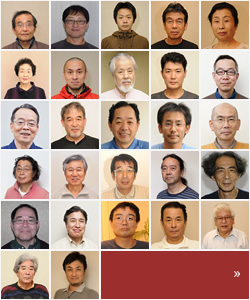Kutani Ware
IROE Porcelain It is in the southern part of Ishikawa prefecture
Kutani Ware is one of the representative Japanese Iroe porcelain produced in Kanazawa-shi, Komatsu-shi, Kaga-shi, and Nomi-shi in the southern part of Ishikawa prefecture. It’s traced back to 1650’s in the Kutani village.
There are three periods in the Kutani Ware’s history: Ko-Kutani, Saiko Kutani, and Kutani. The ceramics of the three eras are all renowned and highly valued.
The ceramics produced in the first 50 years are called “Ko-Kutani,” literally meaning old Kutani. They consist of five colors, blue, green, yellow, purple, and red. The tradition of “Ko-Kutani” has been passed onto generations, although it vanished around 1800. Based on some views for the vanishment of Ko-Kutani one is the end of Daishoji clan’s patronage. Another is the rising popularity of Imari Iroe porcelain, a style of Arita Ware.
The period of "Saiko Kutani", meaning the revival of Kutani, began in the Kasugayama Kiln in Kanazawa approximately 100 years after “Ko-Kutani”. Many kilns were opened with their own styles. One of the distinguished techniques is “Kinrande (overglaze enamel and gold decoration)” red and gold designs.
The last period of Kutani started in the beginning of Meji era in 1860’s. It was the time Kutani Ware was introduced to Europe. The outstanding design is “Saishoku-Kinrande,” composite design of Kutani techniques and modern paint with the Western materials.
Through the history of Kutani, like other ceramics, potters have been developed lots of techniques including the colors and the use of gold leaf. The colors of Kutani come out by the firing and are transformed to glass. The lavish gold on the ceramics makes Kutani extremely luxurious, while simple designs are also available. Gold has been a familiar material in the Kutani area. In fact, most of the Japanese gold leaf is produced in Kanazawa. The technique, “Yuri-Kinsai (underglaze gold)” glazed gold leaf over the surface was designated as an Important Intangible Cultural Property in 2001.
Kutani Ware may undergo the most flourishing era in its history with regard to the production as well as the master artists who have succeeded the tradition of Kutani and developed own brushwork.


